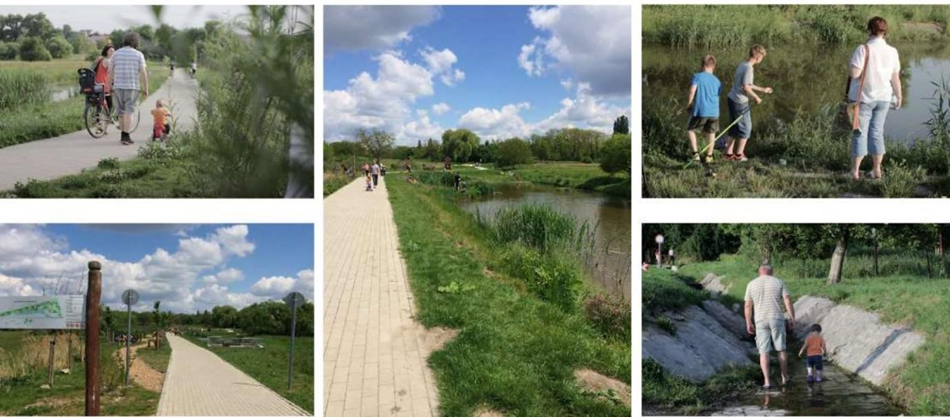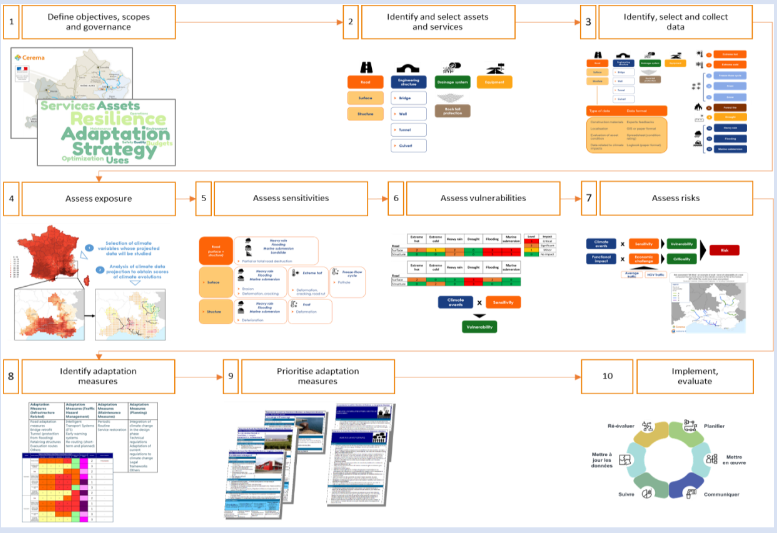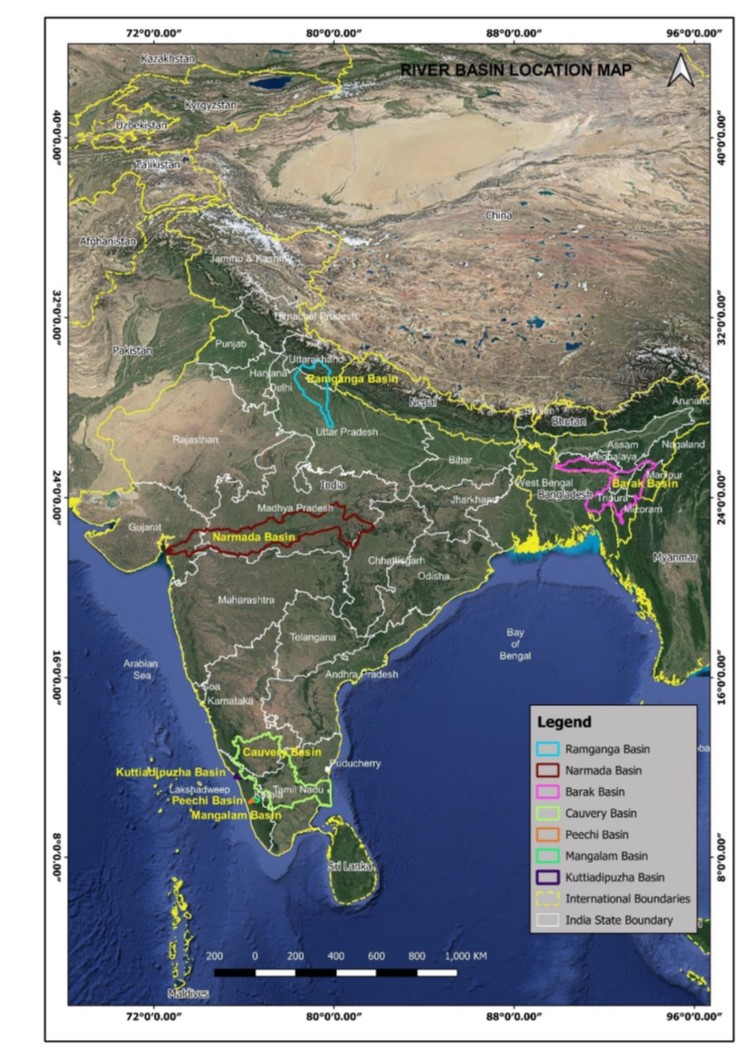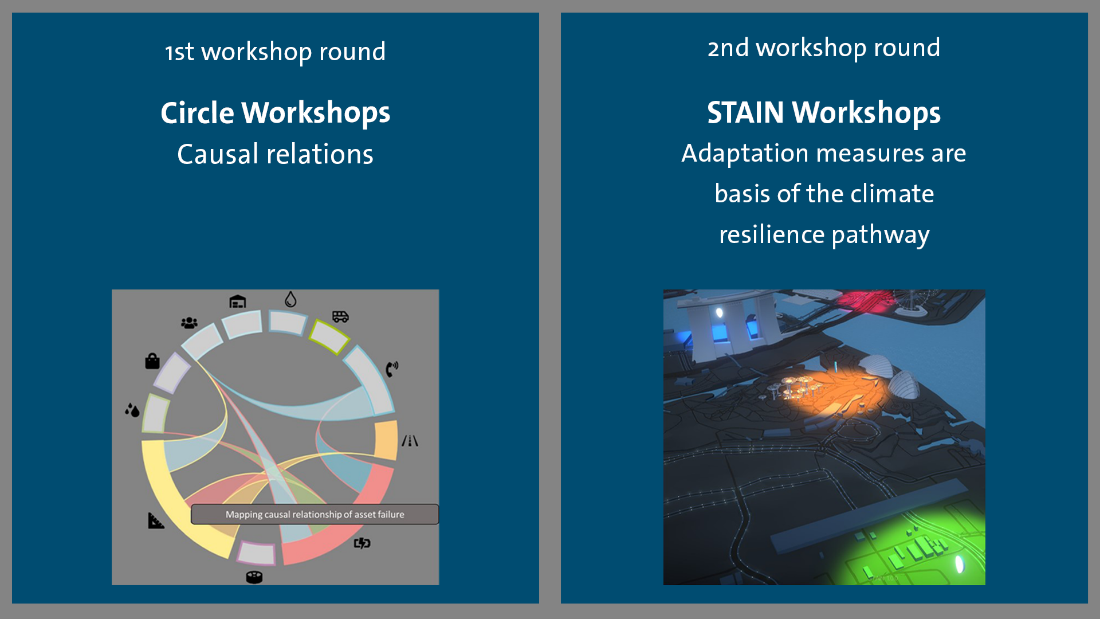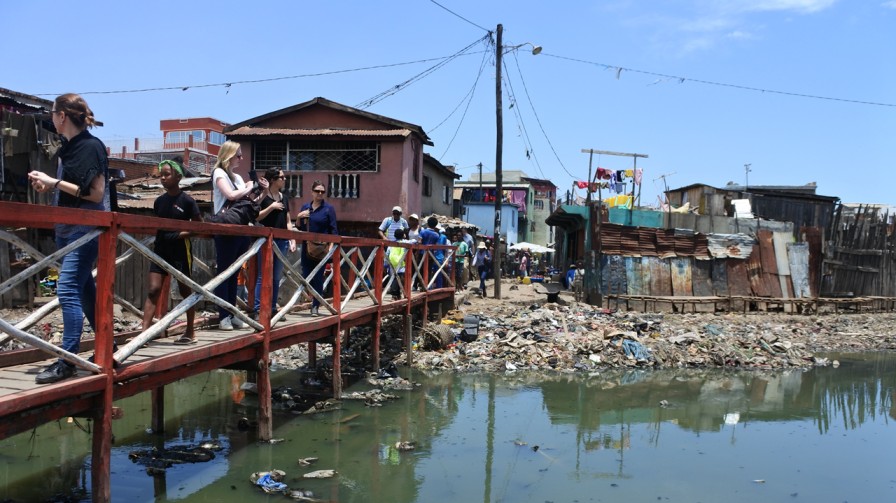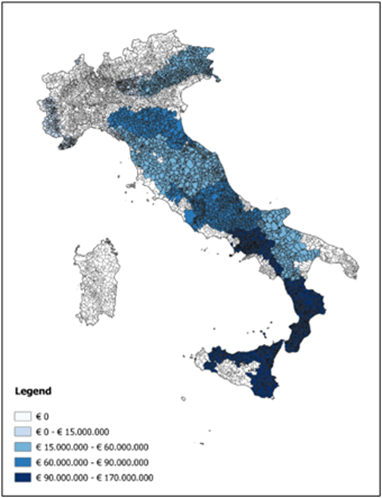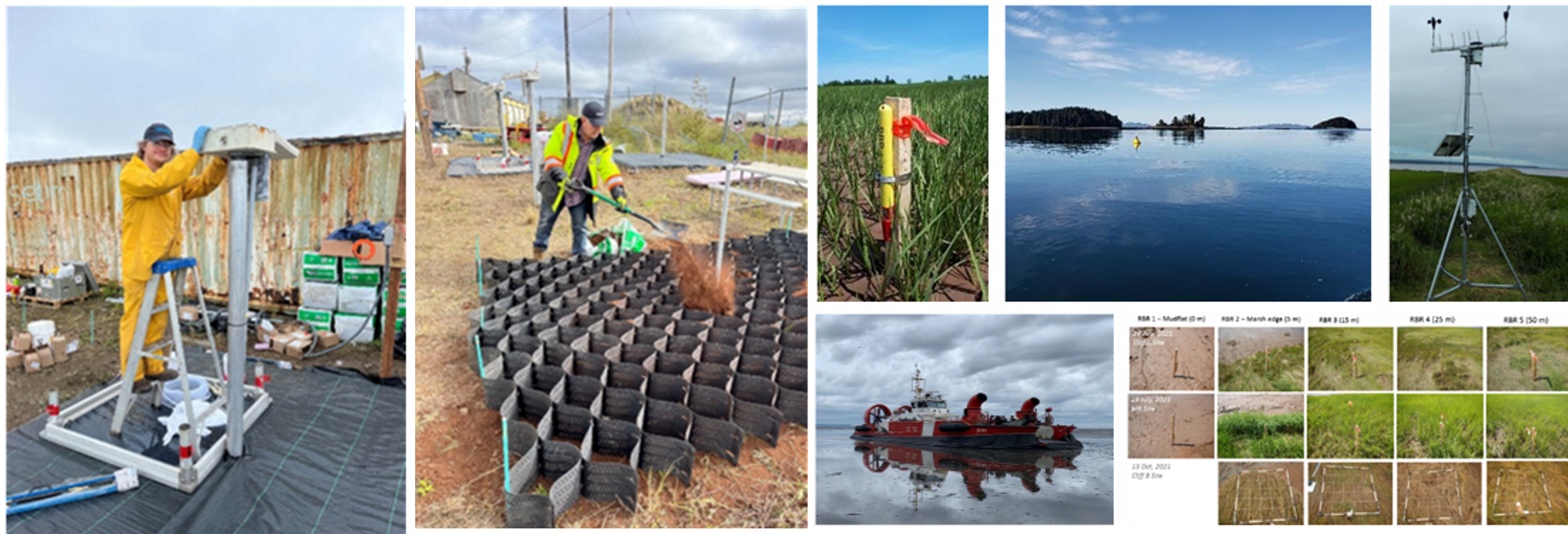In the 16th District of Budapest, the population has grown by 65 % in the last seventy years. This has resulted in the rise of built-up area and impermeable surface ratio on private and public properties. The vulnerability of the area has further been affected by the area’s topography, which allows rainwater from the surrounding areas to drain into the district. This has, persistently, overloaded the combined sewage and drainage system during extreme weather events, and hence the low-lying areas in the district were flooded.
The proposed catchment- based approach was used to change the district’s building codes. The approach implemented regulations requiring residential properties to have at least 60% of green area ratio to decrease the runoff from private lands. In the case of new government road reconstruction projects, the regulations required that 50% of the budget be spent on establishing infiltration trenches to prevent the runoff from surrounding areas to flow into the district. In areas where the drainage system tends to overload, the implementation of nature-based solutions such as swales, permeable surfaces, rain gardens were proposed to slow down the runoff. The implemented strategy also prescribed the creation of lakes, creeks, and blue-green corridors in such areas. In addition, the municipality invests about EUR 30,000 per year on water retention tanks that are provided to residents to collect and utilize rainwater.
Nature-based solutions (NbS) were financed and implemented by the municipality, facilitated by a wide range of stakeholder involvement and consultation processes. The municipality also organized public events to raise awareness on the issue of flooding.








